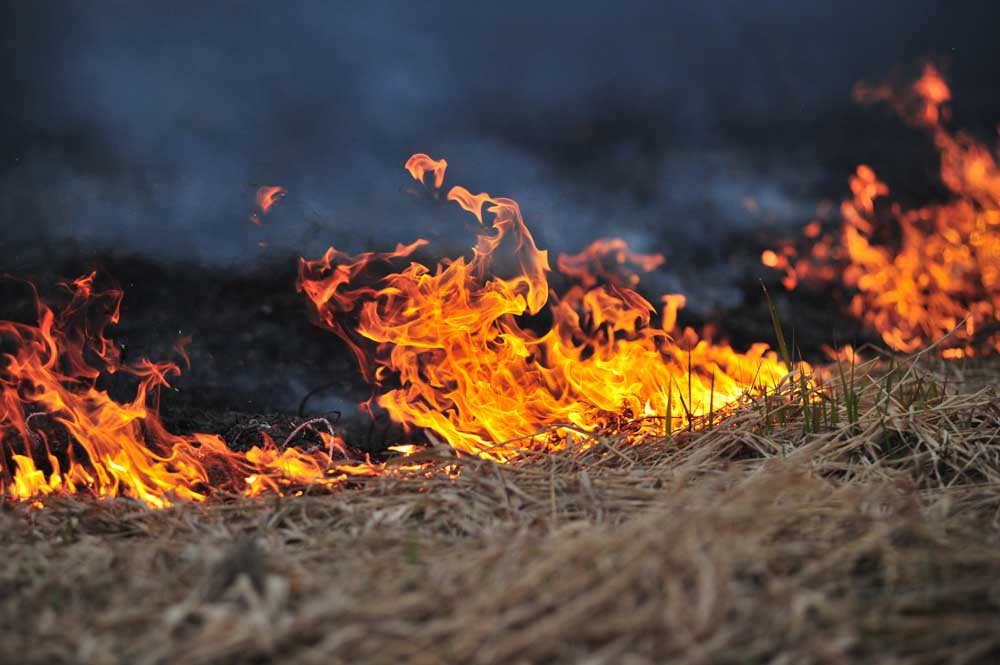Scientists race against crop-destroying fruit fly
Published 5:00 am Monday, March 22, 2010
PORTLAND — It’s a tiny fruit fly with an exotic name and a taste for some of Oregon’s most valuable crops. And since its surprise and destructive appearance last August, the state’s leading entomologists have been engaged in a frantic, crash course to find it, understand it and control it.
First found in Oregon late last summer, the spotted wing Drosophila has emerged as the most serious insect threat to high-value fruit and berry crops. It’s too late, experts say, to wipe it out.
Katy Coba, director of the Oregon Department of Agriculture, calls it the “Dracula” fruit fly. “It’s so new that we’re trying not to panic, but we’re very, very concerned,” she says.
With good reason. West Coast farmers produce 76 percent of the nation’s raspberries, blackberries, strawberries and cherries. California researchers estimate that a 20 percent damage rate would cost West Coast farmers $511 million in lost crop value, including $31.4 million in Oregon.
One peach grower in Marion County says damage to his late-variety peaches was nearly 100 percent, causing him to shut down his orchard 10 days early and costing him 20 to 30 percent of the revenue he normally expects.
Within weeks of confirming the fly’s presence in Benton County last summer, researchers determined it had spread to 14 other counties, from Jackson County in Southern Oregon, up the Willamette Valley to Portland and east up the Columbia Gorge to Hood River, Wasco and Umatilla counties. It was found in blueberries, raspberries, black- berries, strawberries, cherries, peaches, plums and grapes.
“You name the fruit, it will attack it — that’s the big problem,” says Helmuth Rogg, supervisor of the state’s pest management division.
Against that backdrop, a team of researchers and entomologists in Corvallis is pressing to understand and outwit the fruit fly.
It’s research in a rush, carried out in sophisticated fly-rearing cabinets with light and temperature controls and outdoors with traps jury-rigged from plastic soda containers, a slosh of apple cider vinegar and sticky fly paper.
The team, drawn from Oregon State University and the U.S. Department of Agriculture, is trying to determine how well spotted wing Drosophila survived the winter, predict when it will emerge this spring and learn about its food preference, reproduction rates and life cycles.








